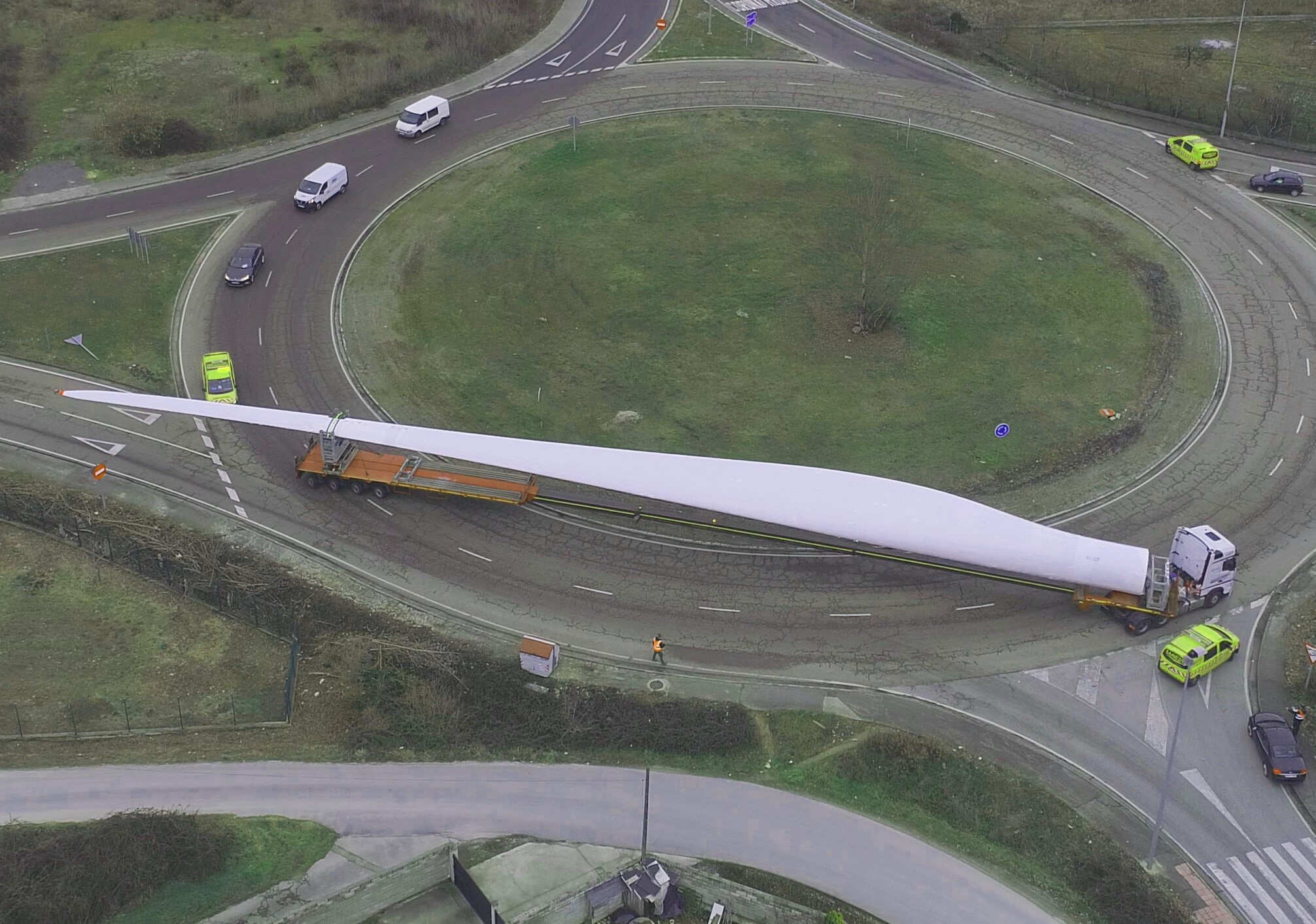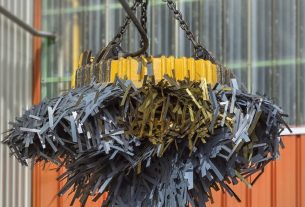Denmark – The Zero Waste Blade ReseArch (ZEBRA) consortium has produced the first prototype of its 100 percent recyclable wind turbine blade, marking a significant step forward in the industry’s transition to a circular economy.
Arkema’s Elium resin, a thermoplastic resin known for its recyclable properties, was used in conjunction with Owens Corning’s new high performance Glass Fabrics to create the 62-meter blade.
IRT Jules Verne’s IRT Jules Verne is spearheading the ZEBRA project in September 2020, which brings together Arkema, CANOE and Engie as well as industrial companies such as Owens Corning and SUEZ. As part of a larger project, it aims to show how thermoplastic wind turbine blades can be used on a large scale, and how they can be recycled.
At LM Wind Power’s Ponferrada plant in Spain, the company has designed and built the world’s largest thermoplastic blade. To reach this point, the consortium’s partners have spent a year developing and testing new materials and processes.
Full-scale testing
For Elium-based composite components, chemical recycling can be used to depolymerize and separate fibers from resin, resulting in a new virgin resin & High Modulus Glass ready to be reused, thus completing the cycle of material recycling. It was developed by Arkema and CANOE partners and tested on all composite parts, including waste generated during production. Additionally, Owens Corning is tasked with figuring out ways to repurpose fiberglass by remelting or reusing it in new contexts.
Along with material and process trials, manufacturers have improved the manufacturing process through automation, resulting in lower energy consumption and waste generated during production. At its Test and Validation Center in Denmark, LM Wind Power will begin full-scale structural lifetime testing of the composite material used to make this blade and determine whether it is viable for future blade production. The End of Life recycling methods will also be validated after these tests are completed.
This first blade will be disassembled and recycled, and the test results will be analyzed in the next phase of the project. It is anticipated that the consortium will succeed in integrating wind energy into the circular economy in a way that is consistent with eco-design principles by the project’s conclusion in 2023.




